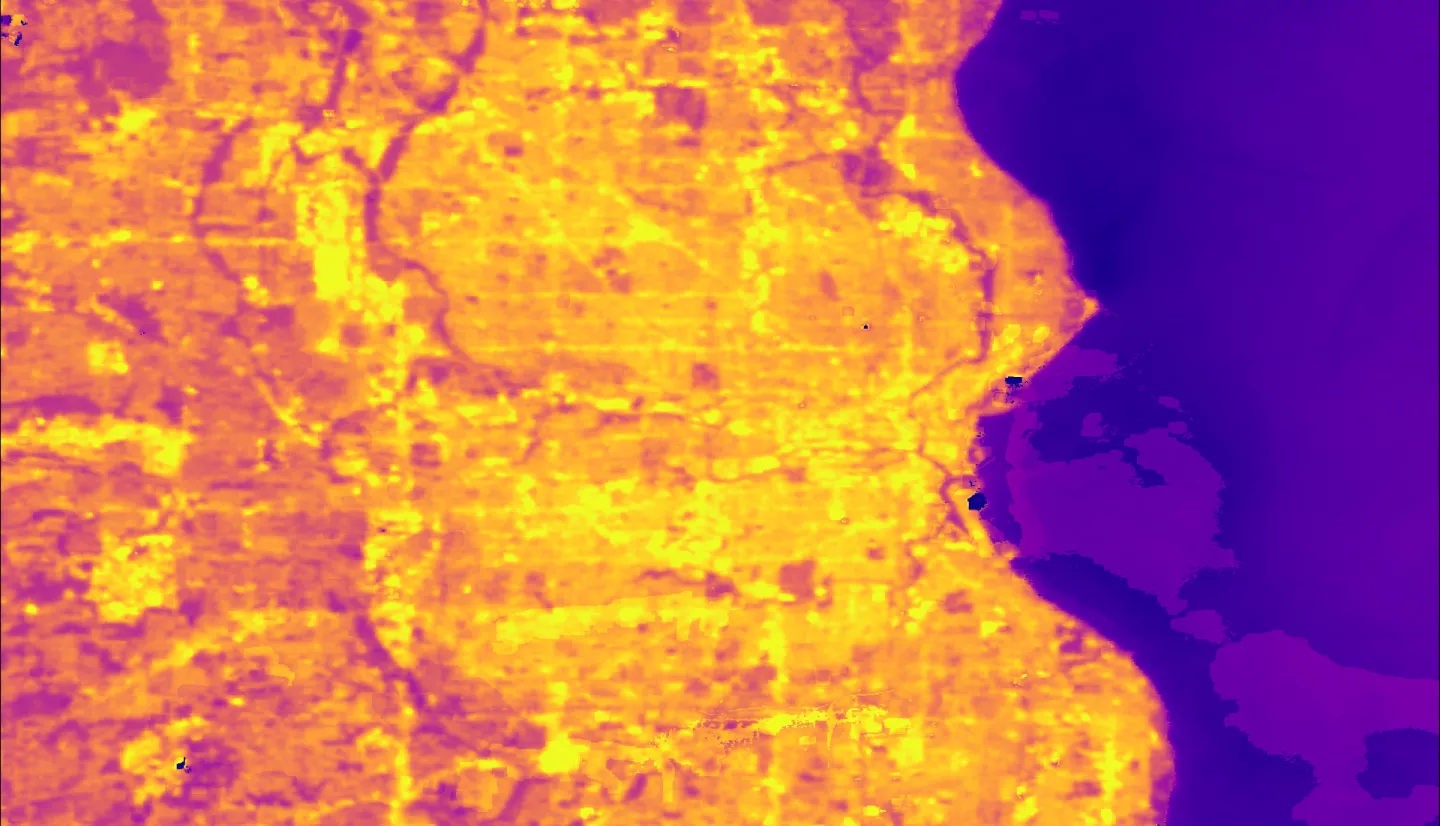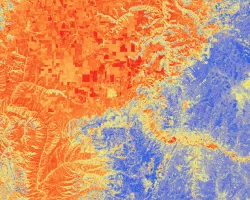Milwaukee Urban Development II (Fall 2022)
Team: Nash Keyes (Project Lead), caleigh McLaren, Nati Phan, Dalia Vazques
Summary: Milwaukee’s neighborhoods experience increased social, health, and ecological stress from the Urban Heat Island (UHI) effect due to changing land cover and climate. Extreme urban heat disproportionately affects Black and Latine communities due to systematic disinvestment in infrastructure and lack of resources to cope with heat. Our partner, Groundwork Milwaukee, supports Environmental Justice organizing around urban heat in historically redlined neighborhoods. This study explores heat mitigation in Metcalfe Park, one such neighborhood that is a focus area for our partner, as well as across the city and county of Milwaukee. Our team utilized the Natural Capital Project’s InVEST (Integrated Valuation of Ecosystem Services and Tradeoffs) Model for Urban Cooling to model heat mitigation scenarios for Milwaukee in support of Groundwork’s climate resilience and heat mitigation work. The data inputs used in our analysis were Land Use Land Cover (LULC), evapotranspiration, and surface temperature derived from NASA Earth observations, as well as a biophysical table containing land cover class attributes. We developed a heat vulnerability index from American Community Survey datasets and satellite imagery to identify areas in most need of heat mitigation intervention. We found that central and northwest city areas, home to a majority of Milwaukee’s Black and Latine population, have low heat mitigation and high vulnerability to heat impacts compared to the rest of the county. We also found that tree canopy increases across scales are effective in promoting heat mitigation. Our results and end products will bolster the efforts of our partners to make decisions on heat mitigation strategies, build community resilience, and reverse legacies of environmental racism in the face of extreme heat and climate change.



